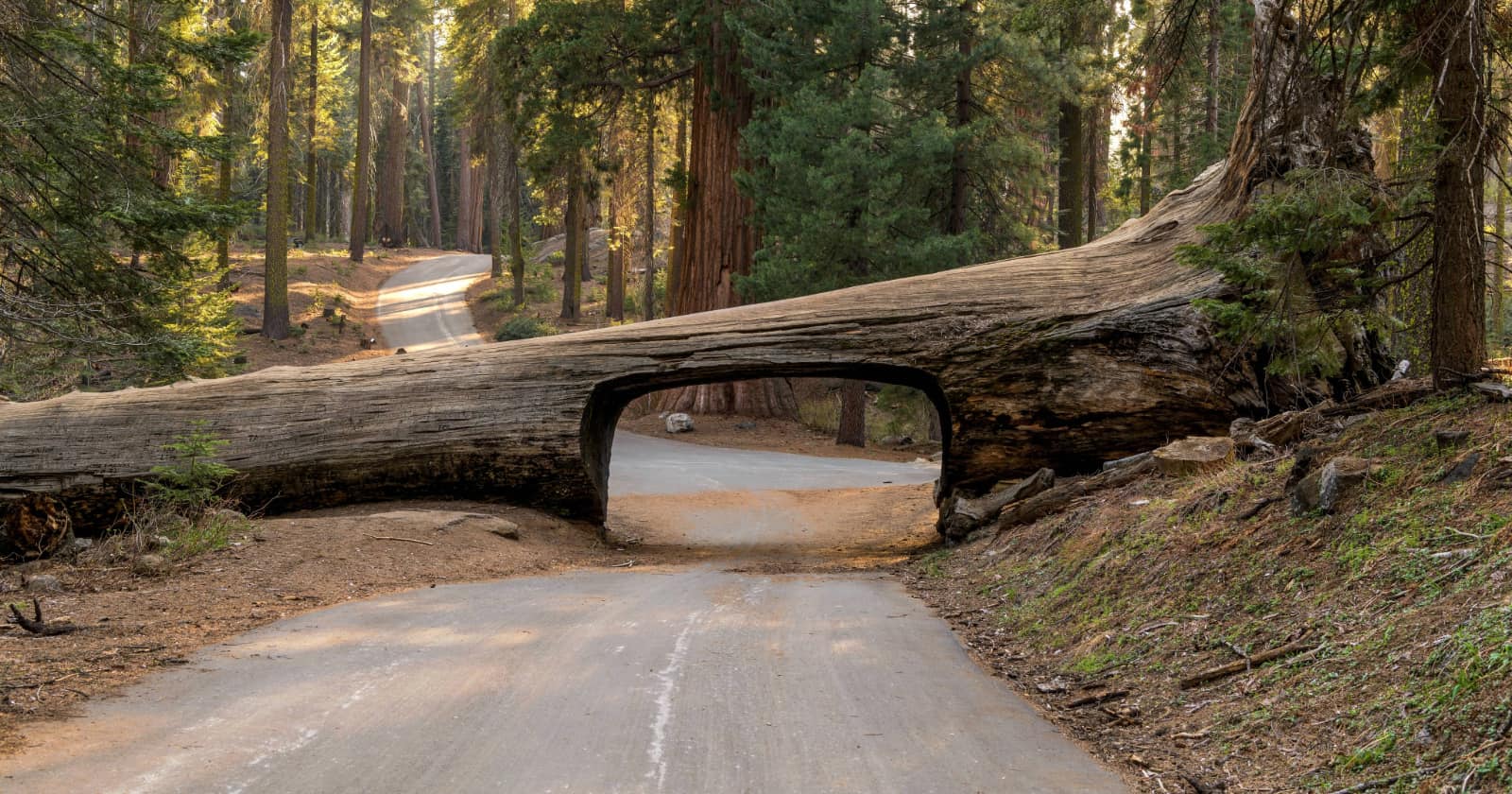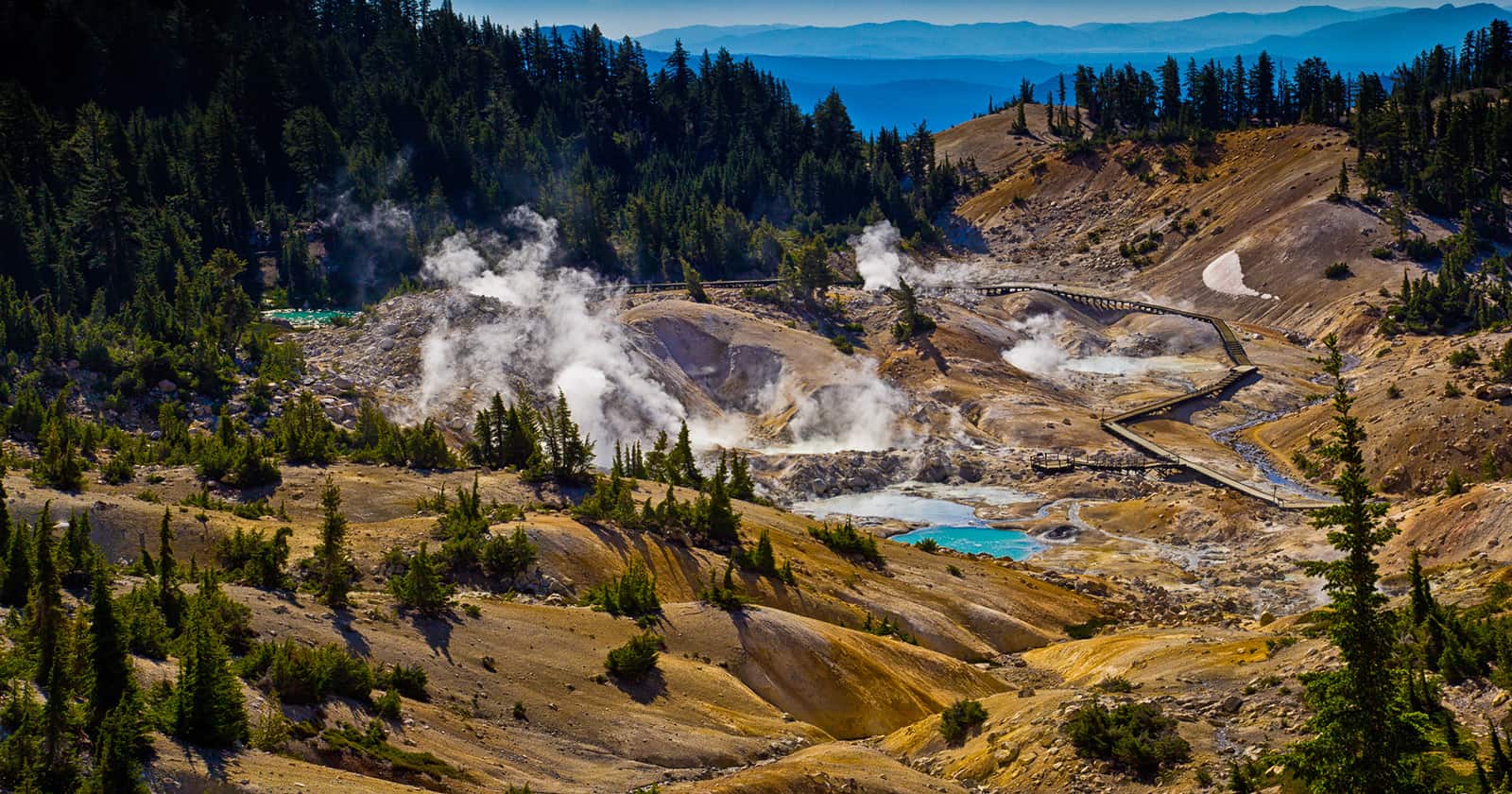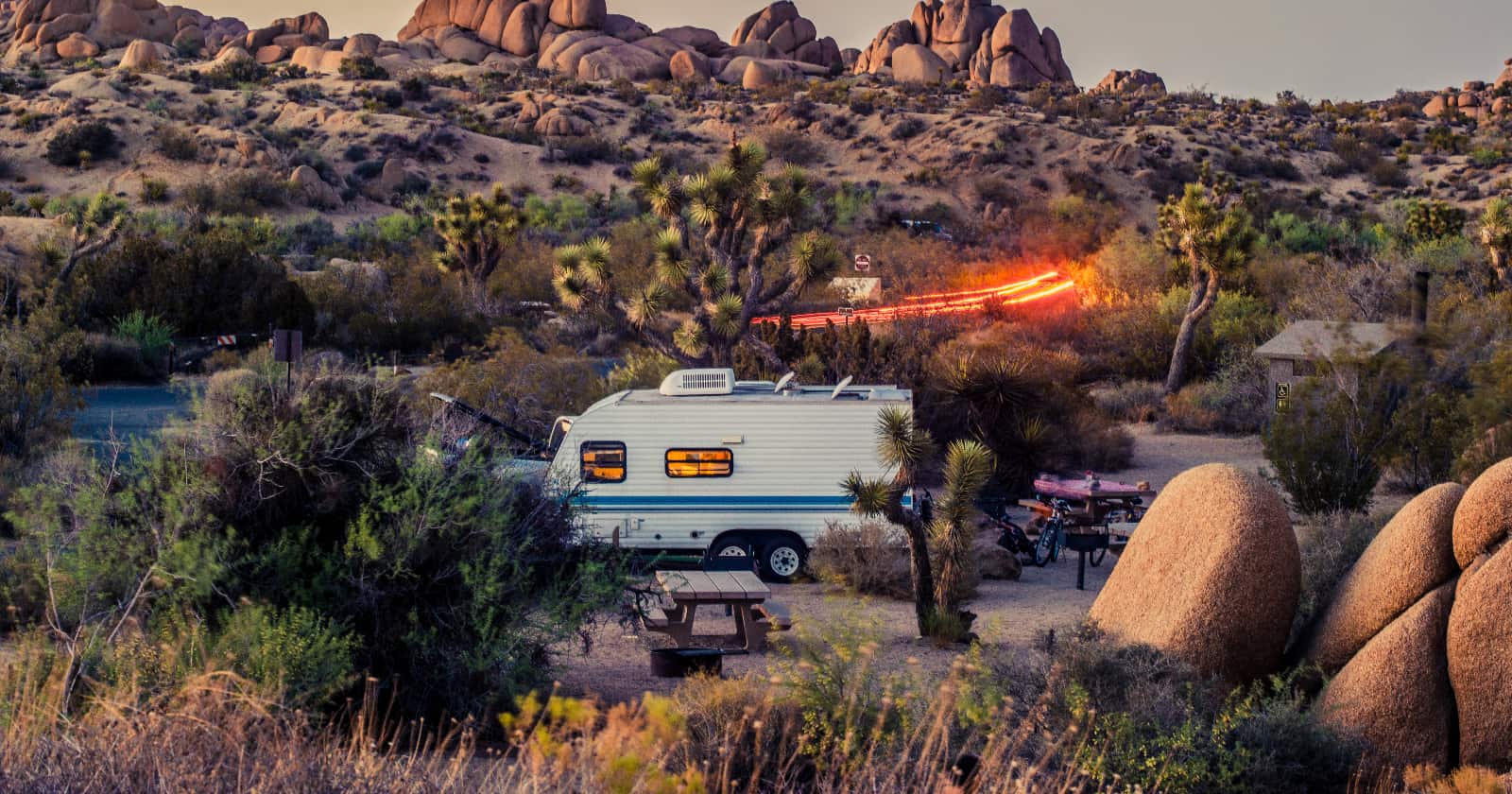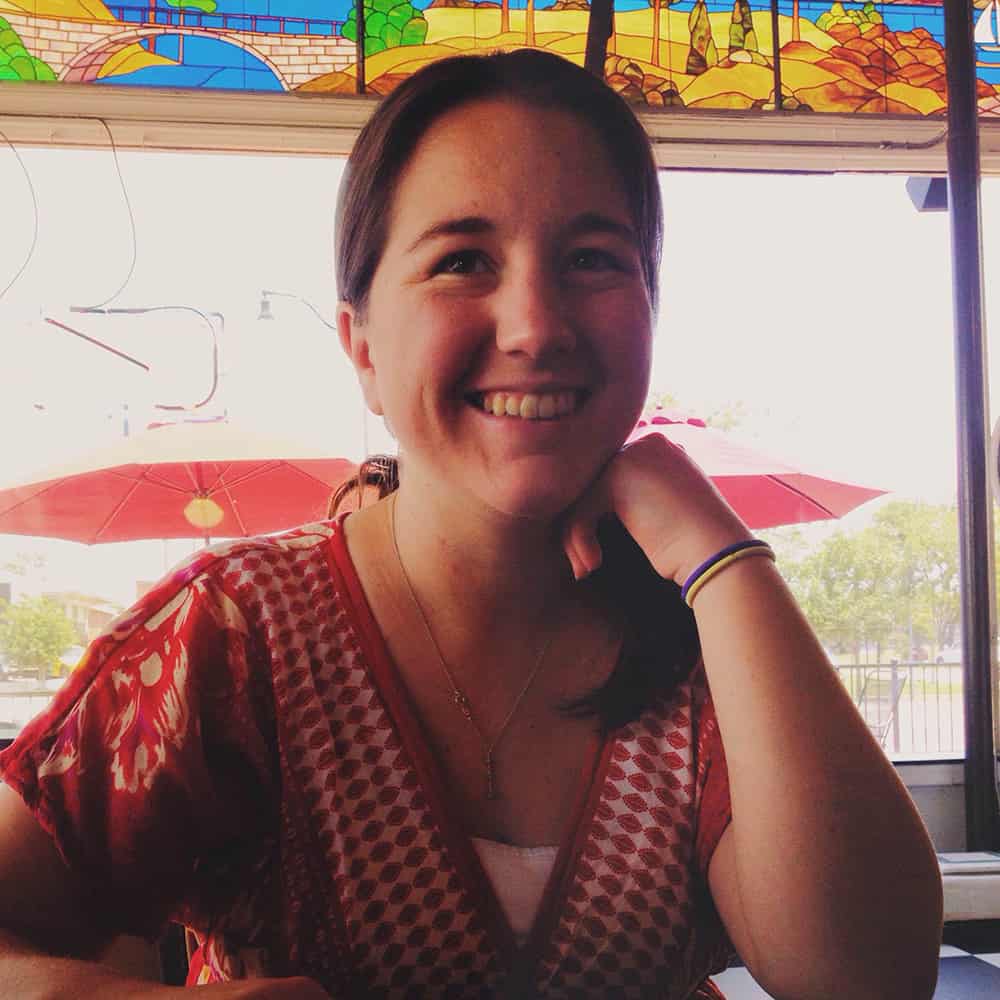Discover the endless possibilities of RVing in California, a state famed for its diverse landscapes and rich heritage. From the historic allure of the Gold Rush era to the iconic glitz of Hollywood, this third-largest U.S. state is a haven for RV enthusiasts.
As you journey through vibrant cities like San Francisco, Los Angeles, and Sacramento, delve into the natural extremes of the Mojave Desert and Death Valley, the lowest and hottest spot in North America. RVing in California offers a unique opportunity to explore a world where nature’s beauty and cultural richness converge, promising an unforgettable adventure on the road.
Discovering the Best Times for RVing Across California’s Diverse Regions
California’s vast and varied landscape offers distinct experiences for RVers throughout the year. Here’s a more comprehensive guide to help you plan your RV trip across the different regions of the Golden State, ensuring you hit the road at the perfect time.
Northern California: Redwoods and Coastal Beauty
- Best Time: Late spring to early fall.
- Highlights: Explore the majestic Redwood forests and rugged coastline. Cooler and wetter than Southern California, the summer months offer the most comfortable weather for RVing.
The San Francisco Bay Area: Iconic Cityscapes and Chilly Summers
- Best Time: September and October.
- Highlights: Experience the famous foggy summers and relatively warm autumn. Ideal for city exploration and enjoying the nearby Napa Valley wine country.
Central California: Agricultural Heartland and Coastal Wonders
- Best Time: Spring and Autumn.
- Highlights: Visit the Central Valley for agricultural tours and the Central Coast for milder weather compared to the extremes of the inland areas.
The Sierra Nevada: Mountains and Outdoor Adventures
- Best Time: Late spring through early fall for hiking and camping; winter for skiing.
- Highlights: Home to Yosemite and Lake Tahoe, this region offers hiking, skiing, and breathtaking scenery, with heavy snow in winter and mild summers.
Southern California: Beaches and Sunshine
- Best Time: Year-round, with peak season in summer.
- Highlights: Famous for its beaches, theme parks, and warm climate. Winters are mild and less crowded, perfect for a more relaxed experience.
The Los Angeles Area: Urban Exploration and Coastal Retreats
- Best Time: Spring and fall.
- Highlights: Enjoy the urban sprawl with less smog and cooler temperatures than summer. The nearby beaches offer a year-round coastal escape.
The San Diego Area: Subtropical Climate and Cultural Mix
- Best Time: Year-round, with the best weather from March to May and September to November.
- Highlights: Known for its pleasant climate, San Diego is great for beach activities and exploring the vibrant city life.
Inland Deserts: Death Valley and the Mojave
- Best Time: Late fall to early spring.
- Highlights: Experience the stark beauty of the desert with more tolerable temperatures. Summer can be extremely hot, making winter months the ideal time to visit.
Driving in California: A Guide for RVers
Understanding California’s Regions
- Diverse Regions: California is divided into five regions: Coastal, Northern, Central, Eastern, and Southern California.
- RV-safe GPS: To ensure you reach your campground safely, use an RV-safe GPS for turn-by-turn directions based on your vehicle’s specifications.
- Road Conditions: California mostly has straight, non-hilly roads. However, be prepared for temperature extremes.
- Interstate Travel: Interstates can be congested and prone to accidents. Plan your route carefully from the interstate to your campground.
- Travel Preparedness: Ensure your tanks are full and your food and water are easily accessible.
Distance and Time Considerations
- State Size: As the third-largest state, driving from end to end takes about 15 hours, even at legal speed limits. Crossing the narrowest part of the state still requires a full day.
- City Distances: Cities are far apart. For instance, traveling from Universal Studios to SeaWorld to Malibu and Laguna Beach involves long drives. Death Valley to Joshua Tree National Park is a 370-mile journey.
Leveraging Welcome Centers
- Travel Concierge Services: California has welcome centers scattered throughout the state, staffed with personal travel concierges.
- Expert Assistance: These experts can help suggest dining options, sights to see, and local attractions not to be missed.
- Center Locations: There are seven welcome centers in Northern California, five in Central California, and five in Southern California.
Scenic drives in California
It shouldn’t be a surprise that California has 63 scenic byways. Everything from nature to history to culture converge on these stretches of roads. Not all these routes are RV-friendly, so using an RV-safe GPS like the RV LIFE App is essential for safe travels. From American’s Scenic Byways, enjoy all 63 California byway maps. Eight of these are federally designated:
Arroyo Seco, Historic Parkway – Route 110 – 9.5 miles long. It was the first freeway built and was completed in 1940. You can see the Lummis House along this route.
Death Valley Scenic Byway – 81.5 miles long. It is filled with drifting sand dunes, salt flats, and rugged rock formations.
Ebbetts Pass Scenic Byway – 61 miles. Don’t miss Calaveras Big Trees State Park, where you can see towering giant Sequoias.
Route 1 – Big Sur Coast Highway – 72 miles. You can really see from the ocean to the mountains. There are lots of stops along the way to see the views.
San Luis Obispo North Coast Byway – 57 miles. Don’t miss seeing the Morro Bay National Estuary which is home to Morro Rock (Gibraltar of the Pacific).
Tioga Road/Big Oak Flat Road – 64 miles. Here, you can see the face of Cloud’s Rest, which drops nearly 5,000 feet into the Tenaya Creek at Olmstead Point.
Volcanic Legacy Scenic Byway – California – 500 miles. Beautiful waterfalls here in the Falls Memorial State Park – the ‘Eighth Wonder of the World’.
California Historic Route 66 – 150 miles. U.S. Route 66 is a part of a former United States Numbered Highway in the state of California that ran from the west in Santa Monica on the Pacific Ocean.
National Parks and Historic Sites in California
California has nine national parks. Death Valley is the biggest and hottest. See everything from this desert to giant Sequoias to Condors to canyons.
Point Reyes National Seashore – One hour north of San Francisco, you can experience a shore cost that is a 70,000-acre peninsula.
Yosemite NP – Wow, the granite formations here are unbelievable. Some cliffs drop off into 4000 ft valleys, and you can drive through giant groves of Sequoias.
Sequoia & Kings Canyon NP – At these side-by-side national parks, you will find Mount Whitney. It is 14,494 feet high – the highest peak in the lower 48 states.
Death Valley NP – This is the largest valley outside of Alaska. There are 3.3 million acres, and it has peaks that soar to over 11,000 feet.
Joshua Tree NP – The park is named after a type of Yucca found all over the park – the Joshua Tree. It’s between the Mojave Desert and the Colorado Desert.
Lassen Volcanic NP – The park is the home to a volcano that blew in 1914 and continued spewing for three years. Now, it is a peaceful area but still with steaming Sulphur vents and boiling springs.
Redwood National & State Parks – This park protects nearly 50% of all the world’s redwoods. Some trees are more than 370 feet in the air. Be prepared to be wowed.
Pinnacles NP – It became a national park in 2013. You can see rocks jutting up like needles everywhere and look for condors and caves at this park.
Channel Islands NP – There are five islands off the coast. They call it the Galapagos of North America. You can’t bring your RV here, but you can unplug and enjoy the wildlife.
If you plan on visiting them all, it is highly recommended to purchase an America The Beautiful Pass ahead of time. This annual pass is $80 and is good for the entire year. Considering the entrance fee to these national parks is $35 for each location, the annual pass pays for itself after visiting just 3 parks.
Plan your California camping trip
Camping in California may take you several trips because there is so much to see. Be prepared with the RV LIFE Pro tools to get RV-safe GPS directions and campground reviews and to find more points of interest — like fuel stations and dump stations — along the way.




